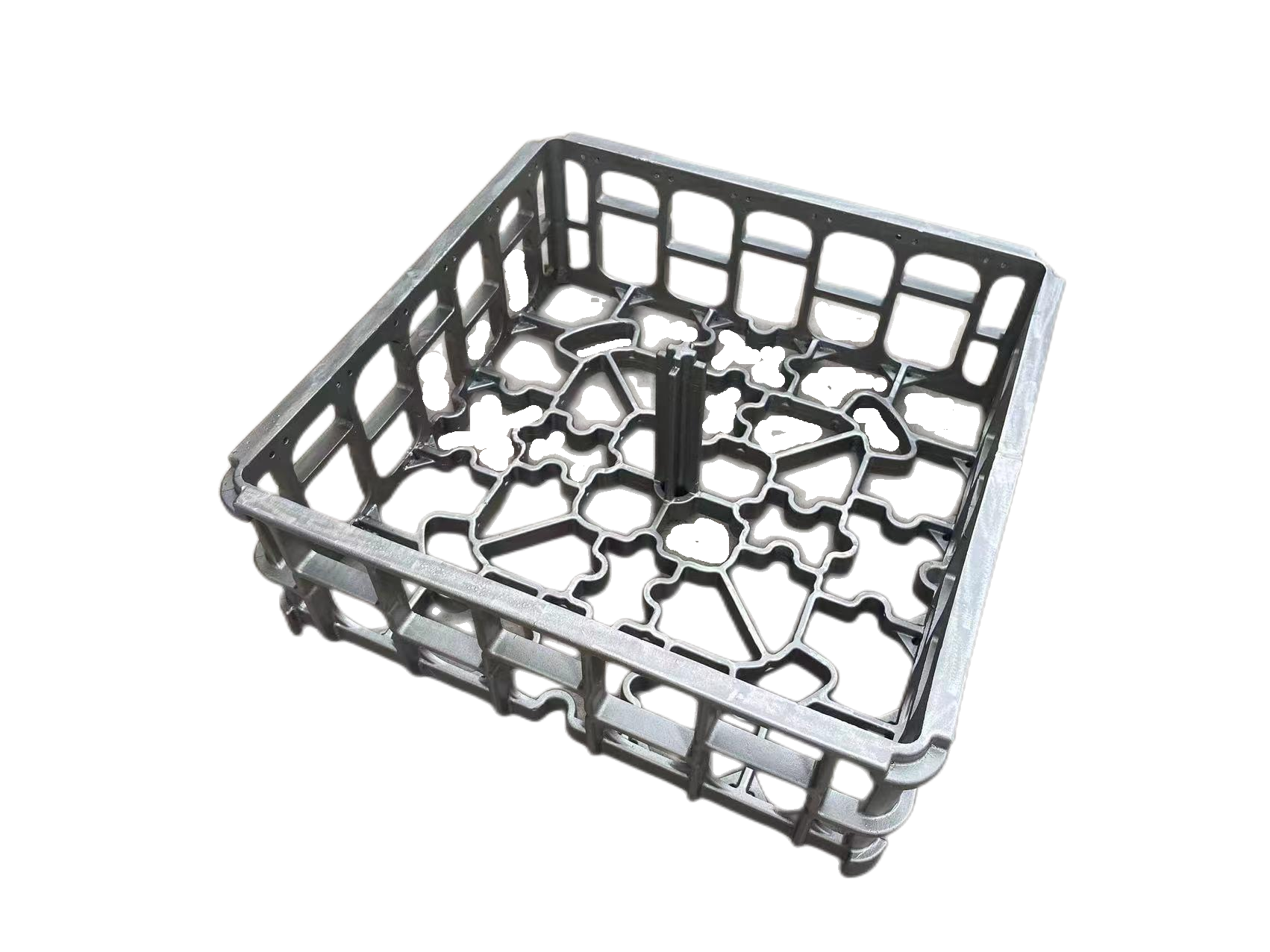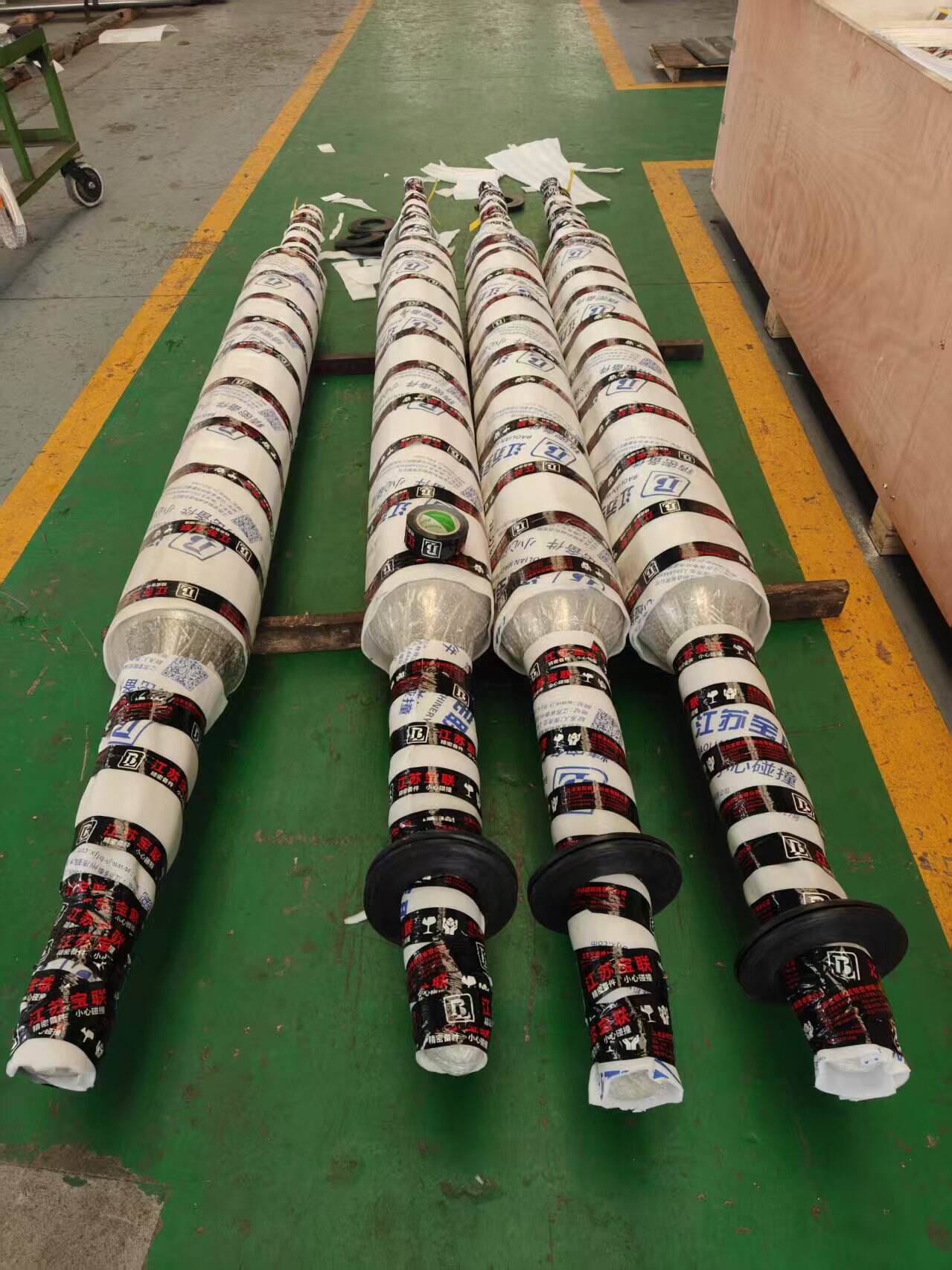lost foam casting molds
Lost foam casting molds represent a revolutionary advancement in metal casting technology, offering a precise and efficient method for producing complex metal components. This process involves creating a pattern from expanded polystyrene foam, which is then coated with a ceramic slurry and embedded in unbonded sand. During the casting process, molten metal replaces the foam pattern, which vaporizes, resulting in a highly accurate reproduction of the original design. The technology excels in producing intricate parts with internal passages and complex geometries that would be difficult or impossible to achieve with traditional casting methods. The process eliminates the need for cores, parting lines, and draft angles, significantly reducing the complexity of pattern design and production. Lost foam casting molds are particularly valuable in automotive, aerospace, and industrial machinery applications, where components require precise dimensional accuracy and superior surface finish. The method supports the production of both ferrous and non-ferrous castings, offering versatility in material selection. Modern lost foam casting facilities utilize automated systems for pattern production, coating application, and sand handling, ensuring consistent quality and high production efficiency.

